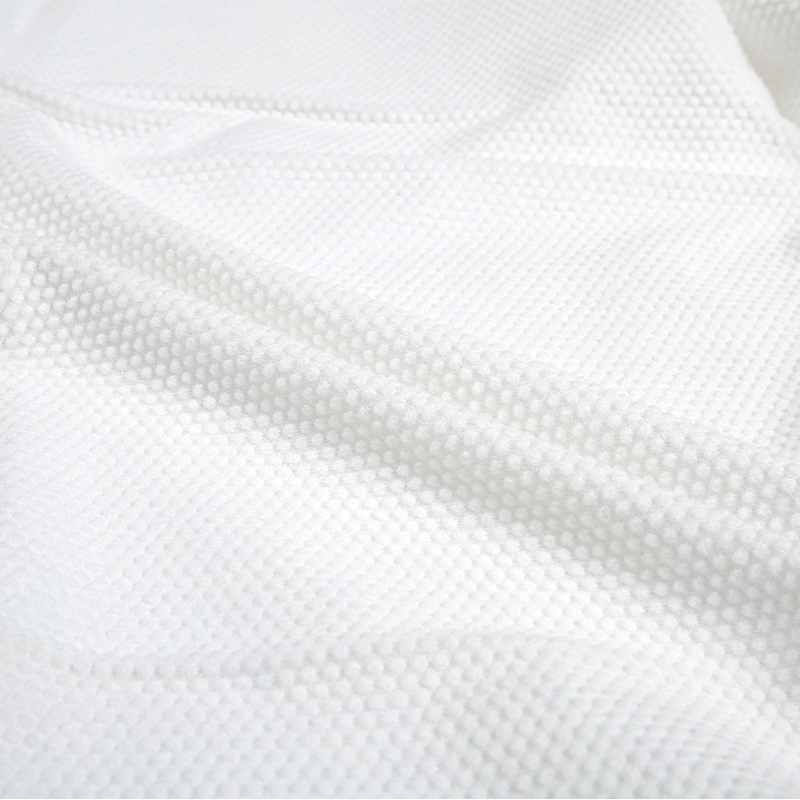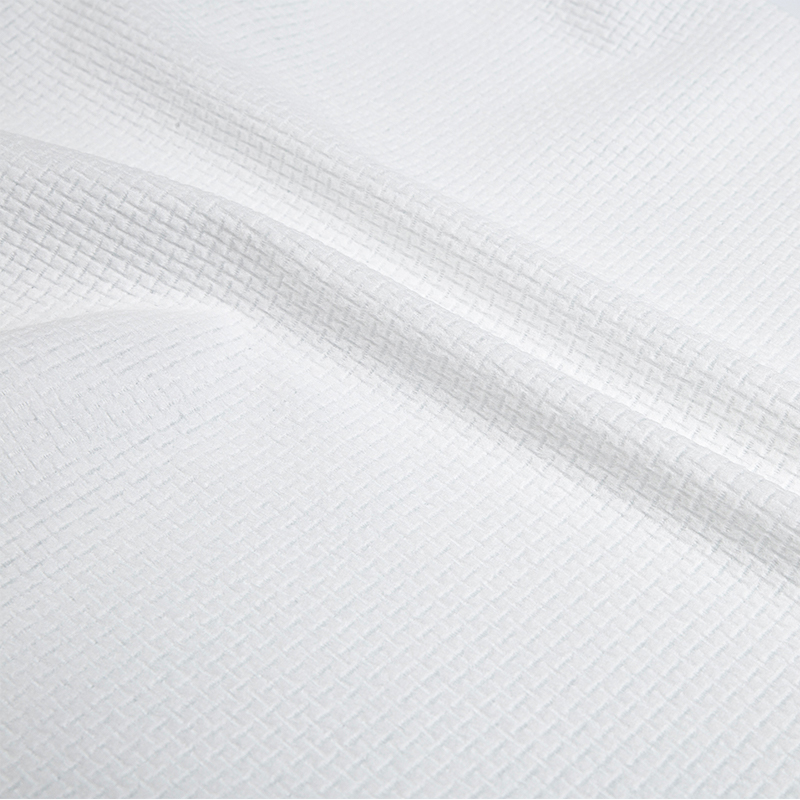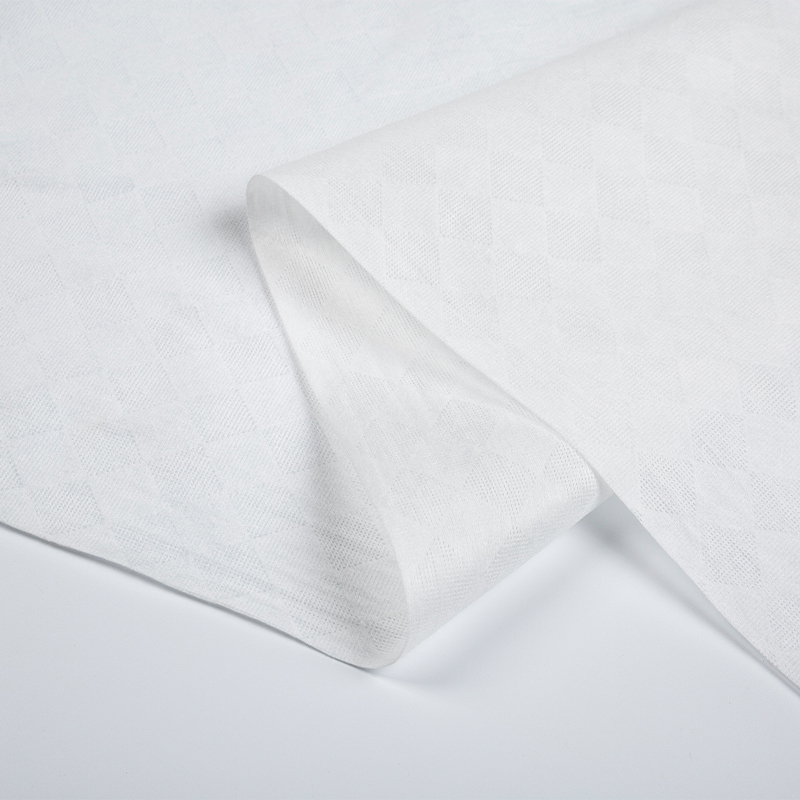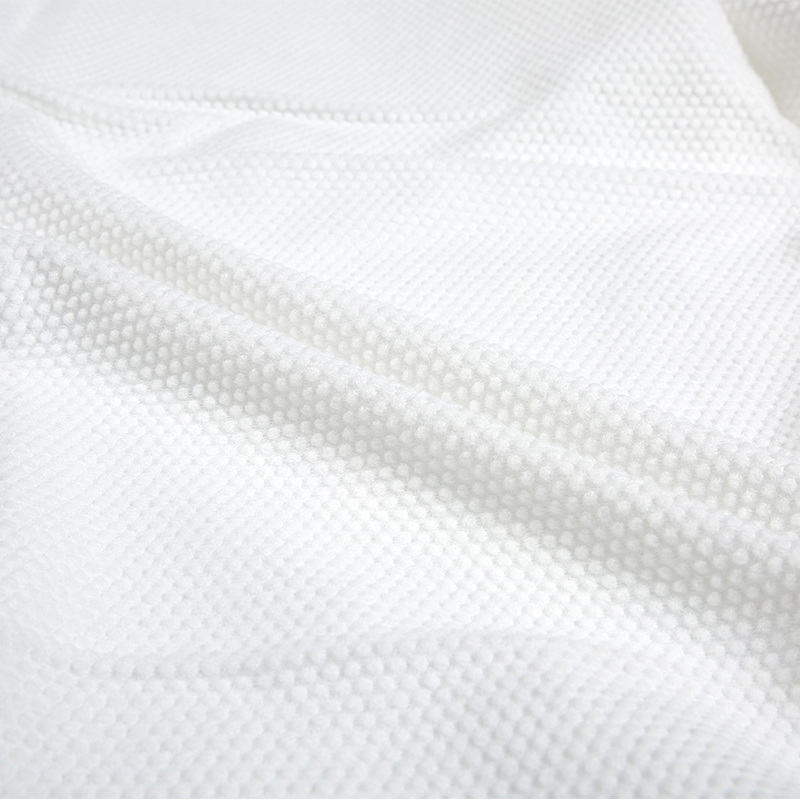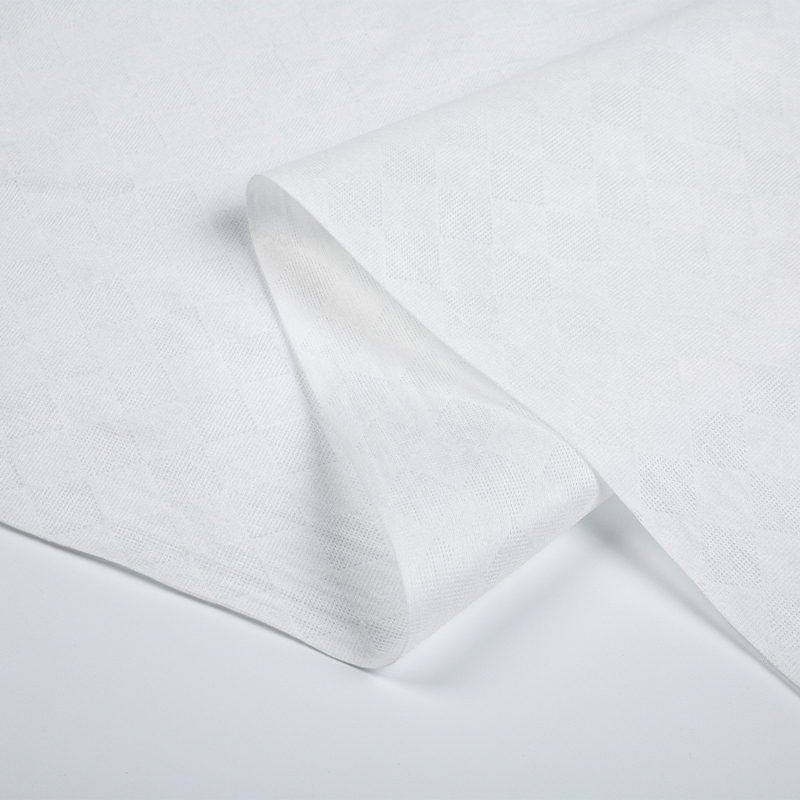Founded in 2022, Hangzhou Shunlong Nonwovens Technology Co., Ltd. is a professional China nonwoven fabric manufacturer and non-woven raw material factory
From the perspective of water absorption, polyester fiber, as a common raw material for spunlace non-woven fabrics, has relatively weak water absorption properties. Viscose fiber has excellent hygroscopic properties and can effectively absorb and retain moisture, allowing the spunlace non-woven fabric to remain soft and comfortable even in a wet state. In addition, plant fiber materials such as cotton, linen, etc. also have good hygroscopicity and can enhance the hygroscopic performance of spunlaced non-woven fabrics.
In terms of softness, viscose fiber and plant fiber materials make spunlace non-woven fabrics excellent in softness due to their natural fiber structure. Although polyester fiber has better elasticity and durability, it may be slightly inferior in softness. Therefore, in applications that require softness and comfort, such as medical cloth, mask cloth, etc., viscose fiber and plant fiber materials may be more suitable.
In terms of durability, polyester fiber provides spunlace non-woven fabrics with good durability due to its excellent wear resistance and wrinkle resistance. This makes spunlace non-woven fabrics based on polyester fiber as the main raw material perform well in situations where they are used repeatedly or need to withstand a certain amount of friction. However, viscose and plant fiber materials may be slightly less durable than polyester and therefore may not be the best choice in certain applications where high durability is required.
From the perspective of environmental protection performance, plant fiber materials such as cotton and linen are naturally biodegradable and cause less environmental pollution. Although viscose fiber is derived from artificial synthesis, there are relatively few chemical additives in its production process and it is easy to degrade. As a synthetic fiber, polyester fiber has relatively poor degradability and may cause a certain burden on the environment. Therefore, when selecting raw materials for spunlace non-woven fabrics, its environmental performance must be fully considered to meet the needs of sustainable development.
Cost is also an important factor to consider when selecting spunlace nonwoven raw materials. As a widely used synthetic fiber, polyester fiber has relatively low production costs, so spunlace non-woven fabrics using polyester fiber as the main raw material may be more competitive in price. Although viscose fiber and plant fiber materials have excellent performance, their production costs may be high, resulting in relatively high product prices. Therefore, on the basis of balancing performance and cost, selecting suitable raw materials is of great significance for the production of spunlace nonwovens.
The use of different raw materials has a significant impact on the performance of Spunlace Nonwoven Fabric. When selecting raw materials, comprehensive considerations must be made based on factors such as product usage scenarios, performance requirements, and environmental protection requirements. By rationally matching different raw materials, spunlace non-woven products with excellent performance, good environmental protection performance and reasonable cost can be produced to meet the needs of different fields.
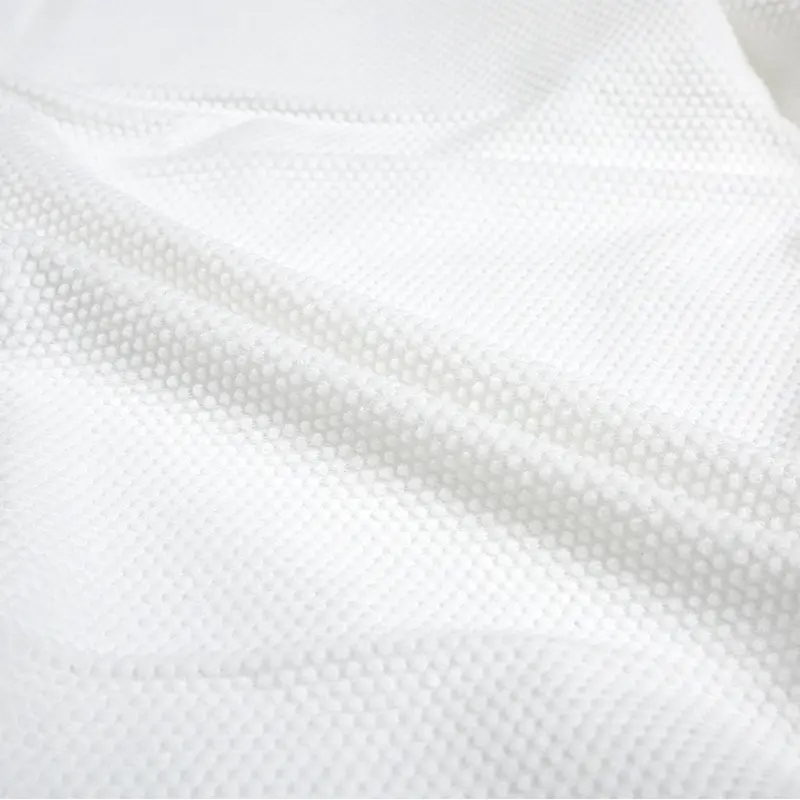

 English
English 日本語
日本語 русский
русский Español
Español